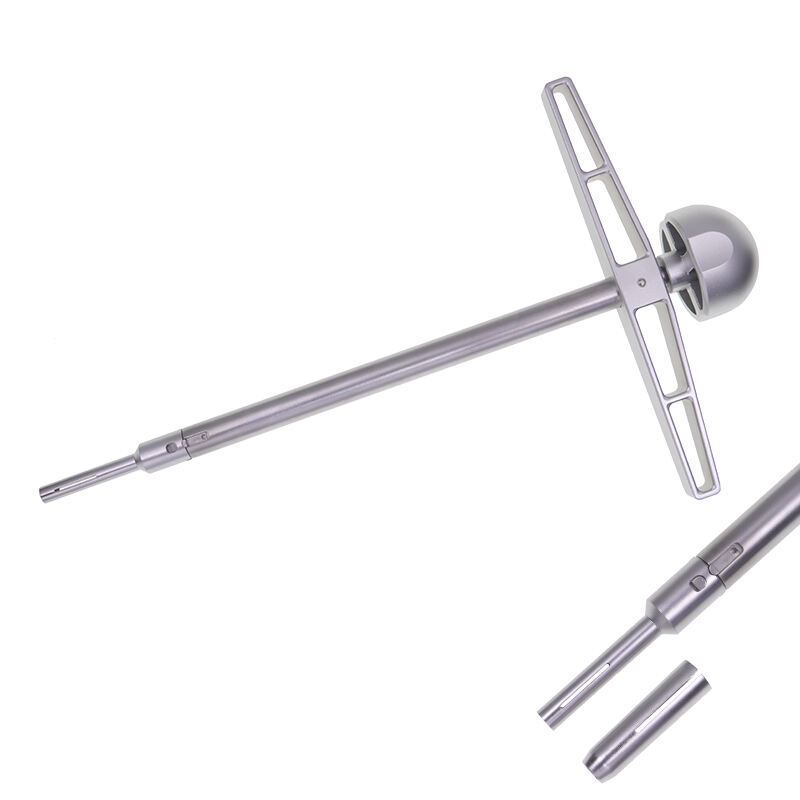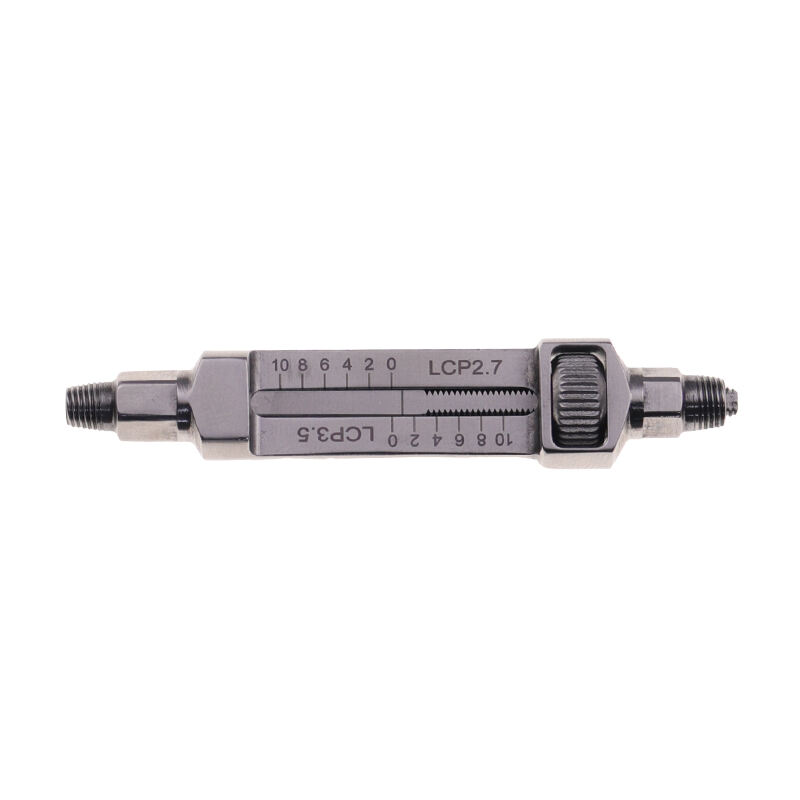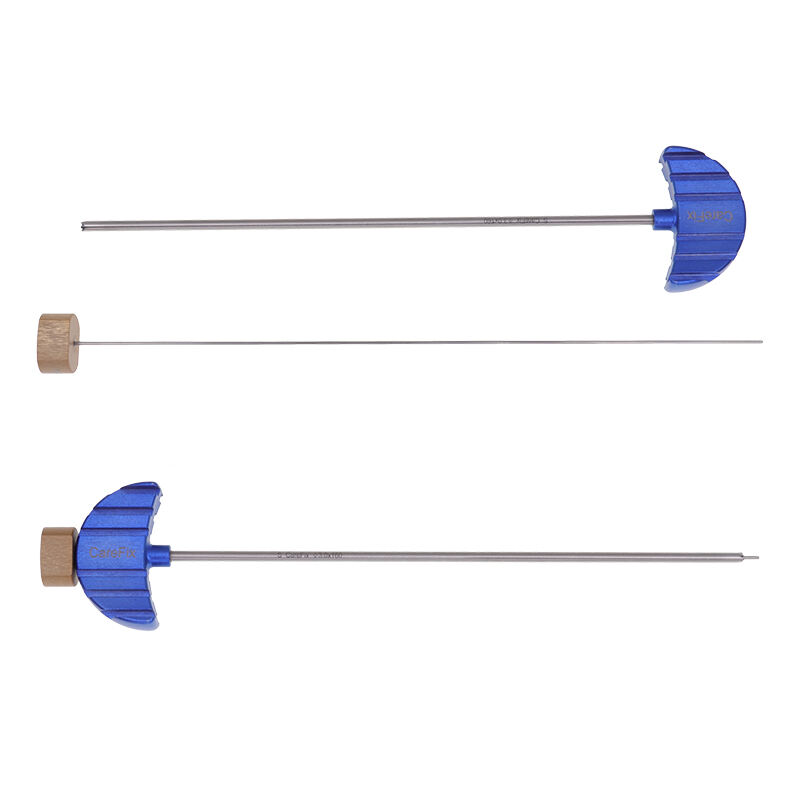orthopaedic implants and instruments
Orthopaedic implants and instruments represent cutting-edge medical technology designed to restore mobility and improve quality of life for patients with musculoskeletal conditions. These precision-engineered devices include joint replacements, spinal implants, trauma fixation devices, and specialized surgical instruments. Made from biocompatible materials such as titanium alloys, stainless steel, and advanced polymers, these implants are designed to integrate seamlessly with the human body. The instruments complement these implants, featuring ergonomic designs and precise calibration for optimal surgical outcomes. Modern orthopaedic solutions incorporate advanced manufacturing techniques, including 3D printing and computer-aided design, enabling customized solutions for individual patient needs. These technologies allow for better anatomical matching, improved wear resistance, and enhanced longevity of implants. The comprehensive range includes everything from basic bone screws to complex total joint replacement systems, supported by precision instruments for installation and adjustment. Advanced surface treatments and coatings promote better osseointegration and reduce the risk of complications, while innovative designs ensure optimal biomechanical function and natural movement patterns.


